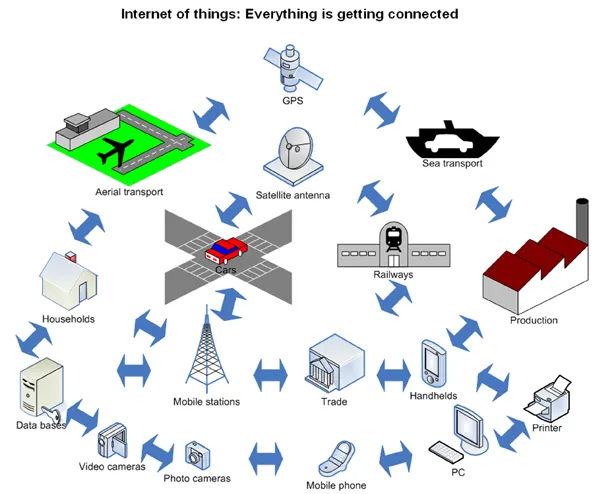Siemens is currently developing intelligent transportation technology for the fast and orderly evacuation of citizens which is currently being piloted in Texas. In this project, traffic light timing systems register traffic flow and adjust the phases of red and green light accordingly.
April 30, 2012
Read time: 2 mins
The project is being conducted in Harris County, Texas, which includes the greater Houston area. When Hurricane Ike hit Texas in September 2008, the county was faced with the challenging task of evacuating thousands of residents in what was the third-most costly disaster in US history. Intelligent traffic technology should help to make such emergency situations less challenging in the future.
For the project in Harris County, Siemens Intelligent Traffic Solutions developed a simple and inexpensive traffic light timing system, which estimates the number of vehicles by registering the signals emitted by the drivers’ cell phones. Comparative tests with procedures that calculate traffic density on the basis of stationary toll tag readers, are said to show that the Siemens system provides reliable data even if only a few drivers have their cell phones switched on.
The system has now been installed at 400 intersections in Harris County. The organisers plan to standardise communication between emergency vehicles and the infrastructure so that traffic lights will automatically turn green whenever a fire truck, police car, or ambulance approaches. The system could even coordinate traffic lights if several emergency vehicles approach an intersection simultaneously. Siemens is currently developing such a system for testing by the US Department of Transportation.






